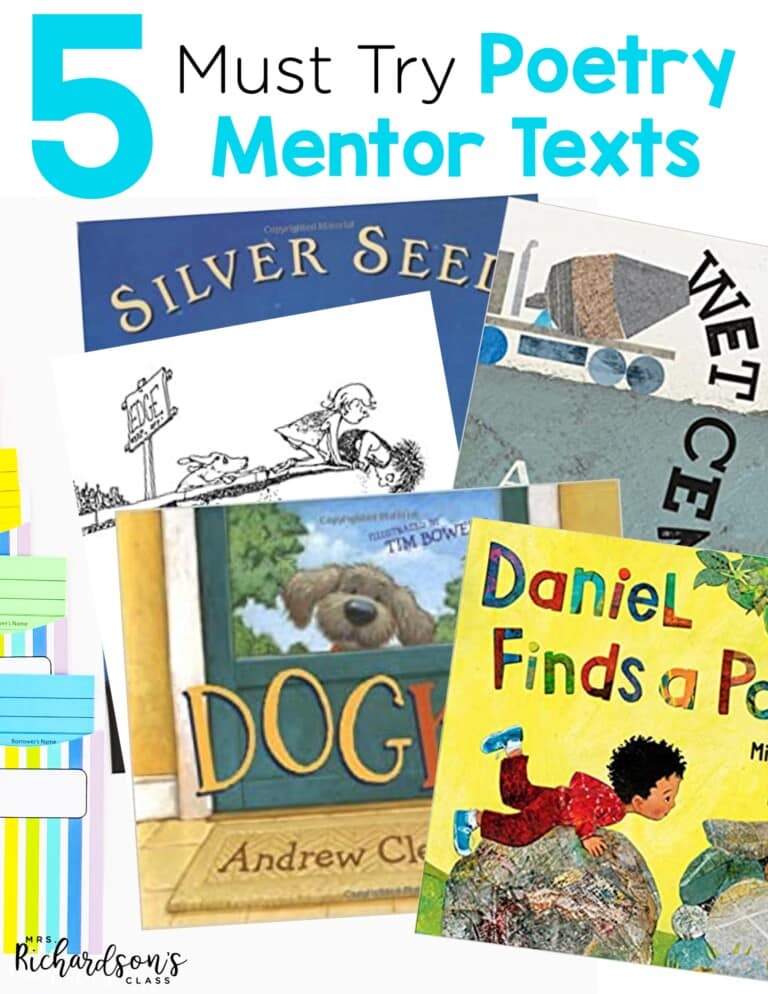


One of the most important and basic early literacy skills for our little readers is mastering concepts about print. This is the “knowledge of print awareness and book handling skills.” For many students, this comes natural, but for the other half, it does not. I see this in my own child who we adopted. While our biological child has been read to since before he was born, our sweet girl was not. I’ll never forget the first night I read to her–she had no clue how to hold the book, turn the pages, and showed no interest at all.
I love this quote by Marie Clay.
“It is not really a question of how much they know; it is more a matter of what personal experience they have had with print, what they have noticed and what they have ignored.” (Clay, 2002)
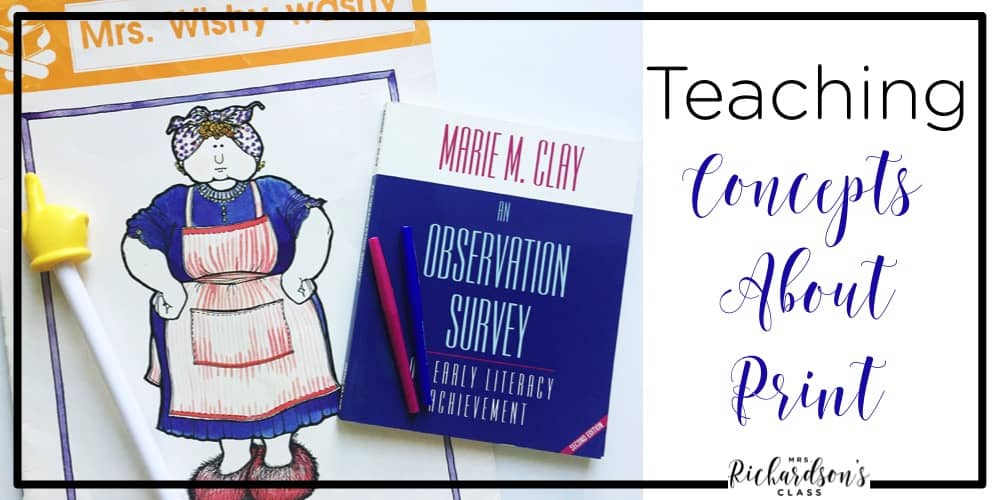
Mastering concepts about print is necessary. Children learn how print works, how the spoken language looks in print–how the english “code” works, so to speak. Let’s talk about the basics.
Concepts about print include book concepts, reading concepts, letter concepts, word concepts, and punctuation. There are many different versions of assessments available and I have given anything from a basic one with four simple questions about book concepts to a more complex one that digs deeper all the way to punctuation.
Children will learn concepts about print mostly from being presented with opportunities to read and write throughout the day. Balanced literacy naturally lends itself to providing opportunities for concepts about print to be taught explicitly and modeled in the classroom. For example, you can model it daily during shared reading with a big book-pointing out letters, words, sentences, where to begin reading, the title, front cover, etc. During interactive read aloud, you can model many of the concepts–title, front cover, back, etc. As you share the pen during interactive writing with the students, you can emphasize text features that need to be included. During word work time, discuss how you are using letters to build words and can then use words to build sentences. Tell students, “When we talk we use sentences.” During independent writing time, you can easily discuss student’s writing and pointing out features as they share their writing or as you conference with them.
If you are looking to get started with assessing concepts about print, my favorite resource is An Observation Survey of Early Literacy Achievement by Marie Clay. “…Teachers will be better prepared to advance any child’s understand when they already know what children are attending to.” (Clay, 2002). Below is an affiliate link to the wonderful book!
While it broke my teacher-mommy heart that my little girl had no clue what to do with a book, I knew she just needed experiences and exposure. After only a few weeks, she caught on to the basics. Now she could sit and listen to books and help read them all day long! The same is true in the classroom–they just need experiences and to be read to!
Do you make a point to teach concepts about print to your little readers? Do you assess these skills? What does it look like in your classroom? I’d love to hear!
pin it
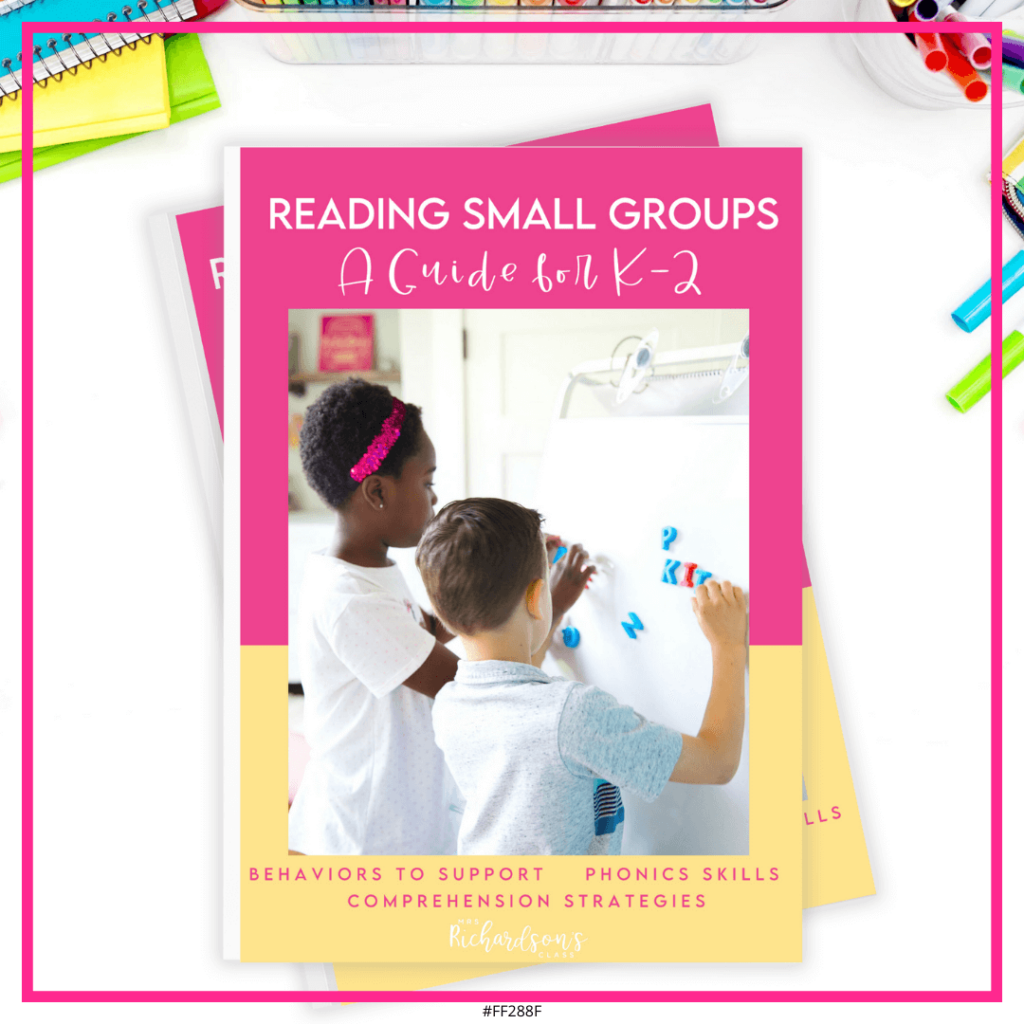
Want to use the latest research to boost your readers during small groups? This FREE guide is packed with engaging ideas to help them grow!

I’m a K-1 teacher who is passionate about making lessons your students love and that are easy to implement for teachers. Helping teachers like you navigate their way through their literacy block brings me great joy. I am a lifelong learner who loves staying on top of current literacy learning and practices. Here, you’ll find the tools you need to move your K-2 students forward!
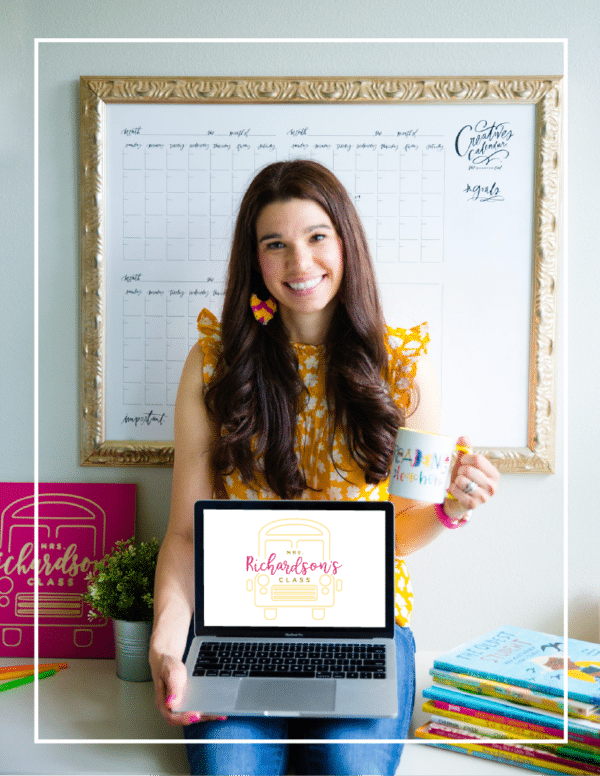
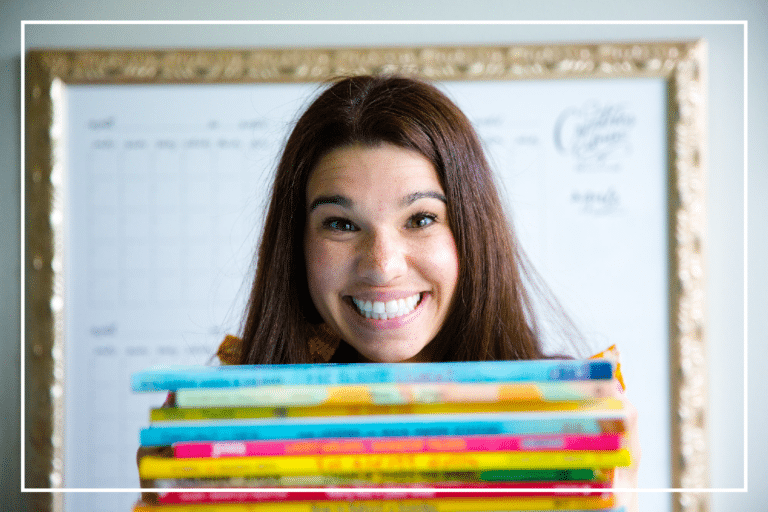
| Cookie | Duration | Description |
|---|---|---|
| cookielawinfo-checkbox-analytics | 11 months | This cookie is set by GDPR Cookie Consent plugin. The cookie is used to store the user consent for the cookies in the category "Analytics". |
| cookielawinfo-checkbox-functional | 11 months | The cookie is set by GDPR cookie consent to record the user consent for the cookies in the category "Functional". |
| cookielawinfo-checkbox-necessary | 11 months | This cookie is set by GDPR Cookie Consent plugin. The cookies is used to store the user consent for the cookies in the category "Necessary". |
| cookielawinfo-checkbox-others | 11 months | This cookie is set by GDPR Cookie Consent plugin. The cookie is used to store the user consent for the cookies in the category "Other. |
| cookielawinfo-checkbox-performance | 11 months | This cookie is set by GDPR Cookie Consent plugin. The cookie is used to store the user consent for the cookies in the category "Performance". |
| viewed_cookie_policy | 11 months | The cookie is set by the GDPR Cookie Consent plugin and is used to store whether or not user has consented to the use of cookies. It does not store any personal data. |
6 Responses
Thanks! Can’t wait to see what other ideas you have to share.
Thanks for sharing your ideas.
Do you know what page number that quote is on?
I do not at this moment, sorry! But you should totally buy it from Amazon! It’s a really great book!